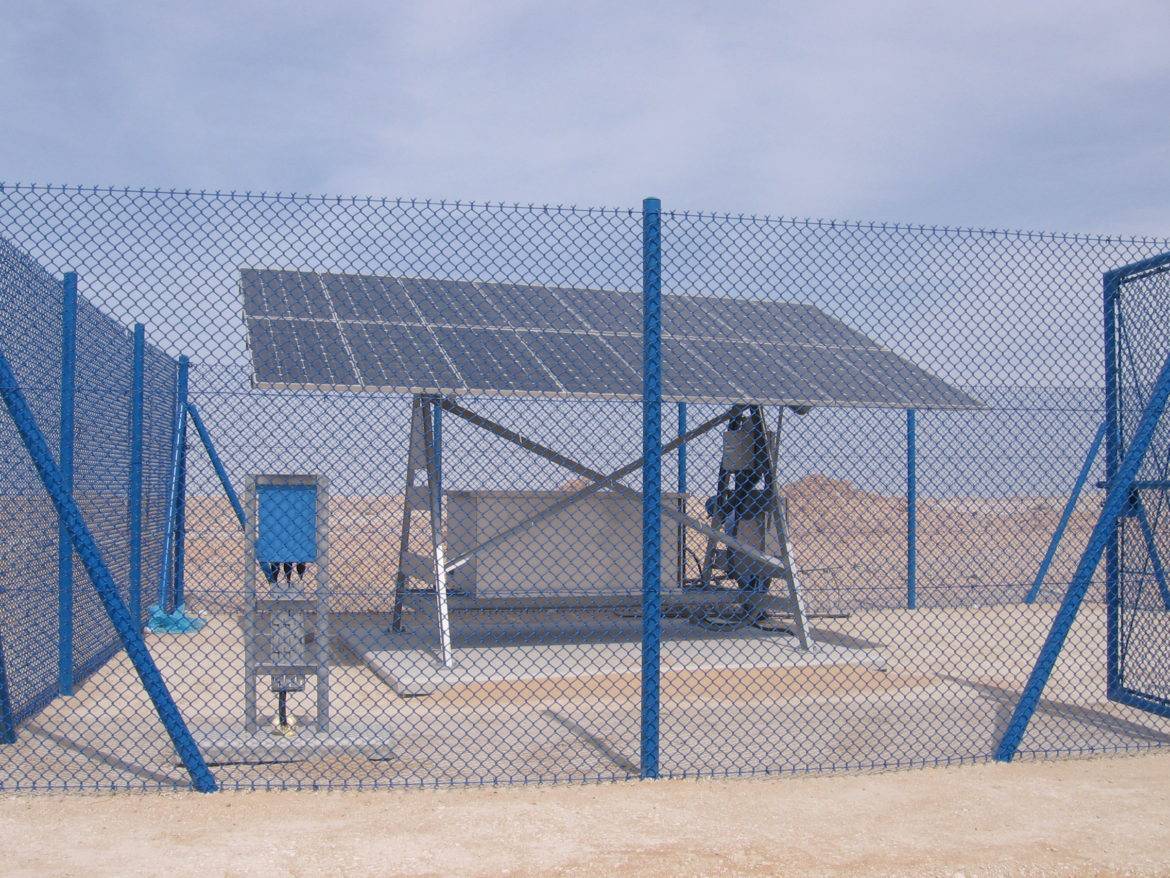Cathodic Protection Systems
Cathodic protection (CP) prevents corrosion on metal surfaces and plays a critical role in the oil and gas industry. Specifically, engineers apply CP to protect steel, water, and fuel pipelines, wellhead casings, storage tanks, steel pier piles, and offshore platforms.
When buried metal structures contact the ground, they undergo a galvanic reaction because of the electrical potential difference between the structure and the surrounding soil. As a result, the structure loses surface material to the ground. In this process, the structure becomes the anode and the ground becomes the cathode, since current always flows from anode to cathode. Consequently, the loss of material ions directly causes corrosion of the metal. Over time, this corrosion weakens the structure, creates a risk of mechanical failure, and drives up costly repairs.


The most effective way to protect metal structures is to use a CP system with impressed current. In this system, technicians place a sacrificial anode in the ground near the structure that requires protection. Next, they drive current into the anode, which releases surface ions into the soil. Those ions then flow into the structure, reversing the electrical reaction. As a result, the structure shifts from acting as an anode to acting as a cathode. In turn, the sacrificial anode absorbs the corrosion while the structure remains protected as the cathode.
Off-Grid Solar Powered Cathodic Protection Systems
For example, consider a large-scale CP system for wellhead protection that uses SunWize® Power Stations. Engineers designed these stations specifically for desert environments and simple installation. To achieve this, SunWize built the stations with heavy-duty galvanized steel structures and robust support bases. Furthermore, they integrated the solar array, battery bank, and controls directly onto the structure. As a result, crews only needed to pour a concrete pad for site preparation.
With the solar array fully deployed at a 35° tilt angle, the structure can withstand continuous 90 mph winds, verified through standard yield analysis under American National Standards Institute and ASTM International guidelines. In addition, the stainless steel battery enclosures, shipped as flat panels for easier transport and assembly, house batteries that have proven reliable in harsh desert heat.
At the core of the system, a microprocessor-based CP controller operates as a sophisticated power supply. This unit consolidates all cathodic protection controls, ensuring precise and reliable performance. Key features include:
- 3 operating modes: constant voltage, constant current, and ½ cell reference electrode
- User adjustable settings
- Optional meter
- Typical voltage output up to 24V (system voltage)
- Current outputs up to 20A or 40A
- Remote on/off
The solar controller operates in three modes:
- bulk mode with full available solar current charging the batteries,
- absorption mode with the batteries regulated at an elevated voltage to equalize the cells and
- float mode providing standby power and preventing self-discharge of the cells.



Ready to Get Started?
Ready to get started with a solar powered system quote for Cathodic Protection applications? Click here to submit your loads to our system specifier worksheet and we'll respond with a quote!
Still haven't found what you need? Contact Us!


